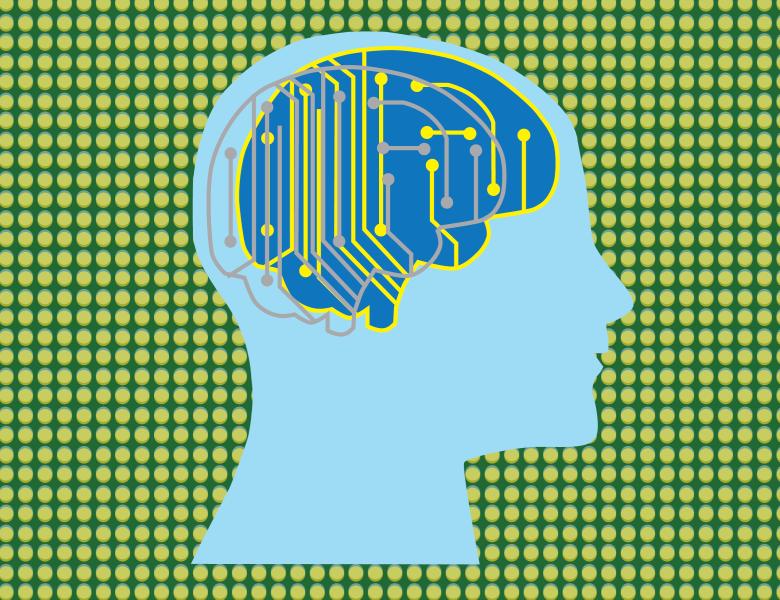
Abstract
The thalamus and cerebral cortex are intimately interconnected by a dense network of feedforward and feedback circuits. In the visual system, the response properties of neurons in the lateral geniculate nucleus (LGN) of the thalamus and primary visual cortex (V1) are governed by the anatomical organization of connections and the temporal patterns of impulse arrival. Recent advances in multielectrode recording technology have made it possible to study the role of both features in the same experiment. Results will be presented from experiments that examined the specificity of neuronal connections and the role of spike timing and behavioral modulation in the reciprocal exchange of information between the LGN and V1 in the alert macaque monkey. These results reveal a striking relationship between the parallel feedforward and feedback processing streams, as well as the biophysical properties that govern spike transfer and the encoding of visual information in neuronal spike trains.


